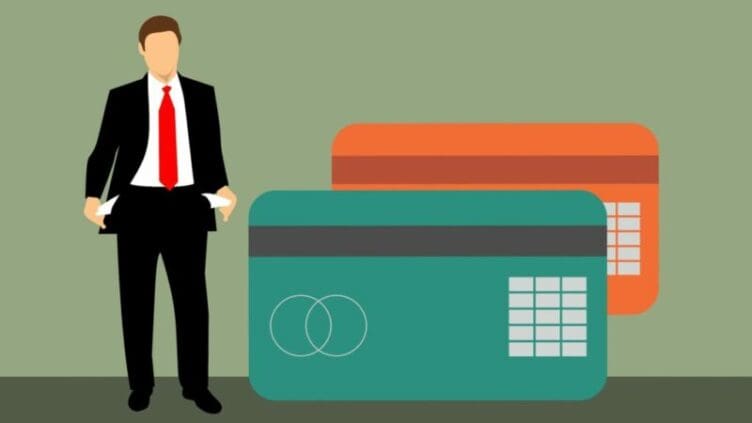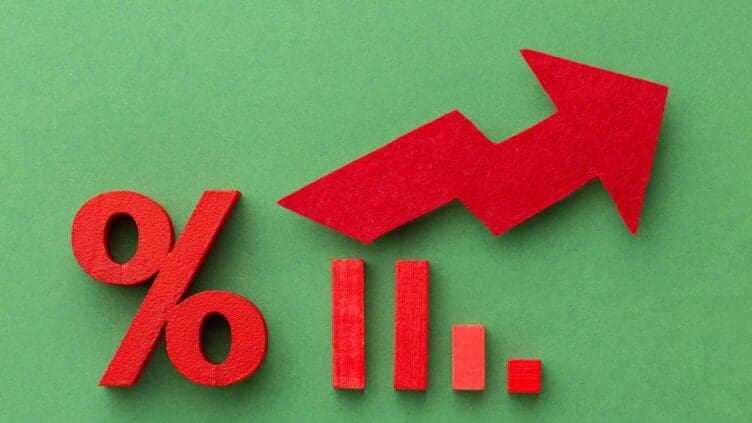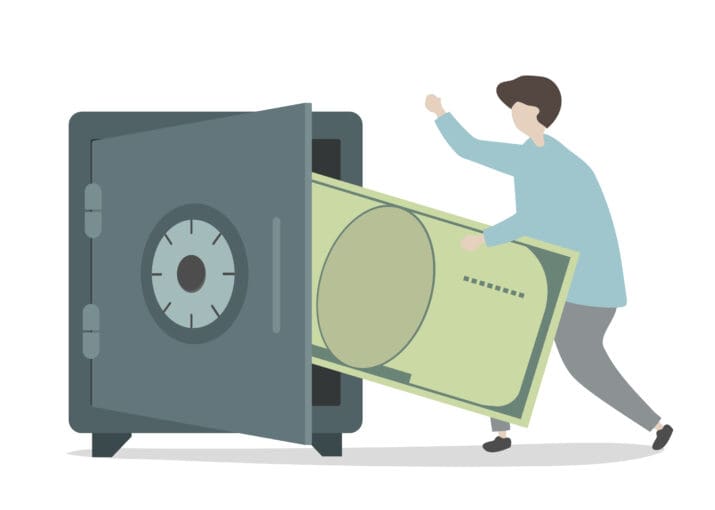Finding an effective debt repayment strategy is an important first step in regaining control of your finances. One effective method is the debt snowball method. In this article, we will explore what the debt snowball method entails, why it can be an effective approach, and provide examples of how to implement it successfully.
Read: Debt Elimination: Effective Strategies and Essential Tips to Pay Off Debt
Understanding the Debt Snowball Method
The debt snowball method is a debt repayment strategy that focuses on tackling debts based on their balance, starting with the smallest one first. Unlike other approaches such as the avalanche debt repayment method that prioritizes high-interest debts, the debt snowball method emphasizes the psychological aspect of debt repayment. By targeting smaller debts initially, it provides a sense of accomplishment and motivation to stay on track.
How to Implement the Debt Snowball Method
Let’s take a look at the practical steps to implement the debt snowball method and illustrate its effectiveness through examples:
- List Your Debts:
Begin by compiling a comprehensive list of all your outstanding debts. Include credit card balances, personal loans, student loans, and any other debts you have. Note down the remaining balance and minimum monthly payment for each debt. - Arrange Debts by Balance:
Next, order your debts from smallest to largest based on their outstanding balances. This ordering will determine the sequence in which you will pay off your debts. - Make Minimum Payments:
Continue making the minimum monthly payments on all your debts to ensure you remain current and avoid penalties. This step ensures that you are not neglecting any obligations while focusing on one debt at a time. - Allocate Extra Funds:
Review your budget and financial situation to identify any additional funds that can be allocated towards debt repayment. This can be achieved by cutting expenses, increasing your income through side hustles, or redirecting money from other sources. - Focus on the Smallest Debt:
Take the extra funds you’ve identified and allocate them towards paying off the debt with the smallest balance. By making an additional payment above the minimum payment, you accelerate the payoff process for this debt. - Snowball Effect:
Once the smallest debt is paid off, take the total amount you were paying towards that debt (including the minimum payment) and apply it to the next smallest debt on your list. This creates a snowball effect, as the amount available for each subsequent debt payment grows larger with each debt you eliminate.
Example
Debt 1: Credit Card – $1,000 balance, $50 minimum payment
Debt 2: Student Loan – $5,000 balance, $100 minimum payment
Debt 3: Personal Loan – $2,500 balance, $75 minimum payment
Using the debt snowball method, prioritize paying off the Credit Card first due to its smaller balance. Suppose you allocate an additional $200 per month towards debt repayment. Make minimum payments on all debts and put the extra $200 towards Credit Card A until it is paid off. Then, combine the $200 with the $50 minimum payment and direct it towards the student loan. Repeat this process until all debts are cleared.
Example
Debt 1: Medical Bill – $500 balance, $25 minimum payment
Debt 2: Car Loan – $10,000 balance, $200 minimum payment
Debt 3: Personal Loan – $3,000 balance, $100 minimum payment
Begin by paying off the $500 Medical Bill using any available extra funds. Once it is paid off, roll the amount previously allocated to the Medical Bill (minimum payment + extra) into the monthly payment for the Car Loan. Continue this snowball effect until all debts are eliminated.
Benefits of the Debt Snowball Method
The debt snowball method offers several advantages:
The debt snowball method provides an effective and psychologically empowering approach to paying off debts. By targeting smaller balances first, this strategy builds momentum and encourages individuals to stay committed to their financial goals. Through careful planning, budgeting, and consistent efforts, you can implement the debt snowball method and experience the satisfaction of becoming debt-free. Embrace this strategy to take control of your financial future one debt at a time.



